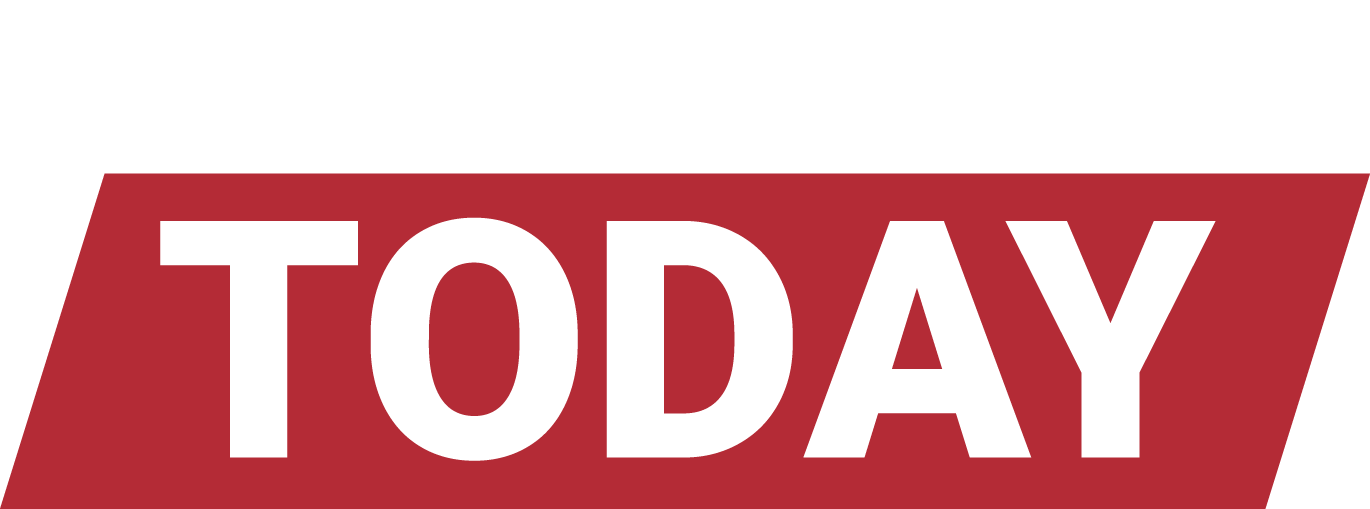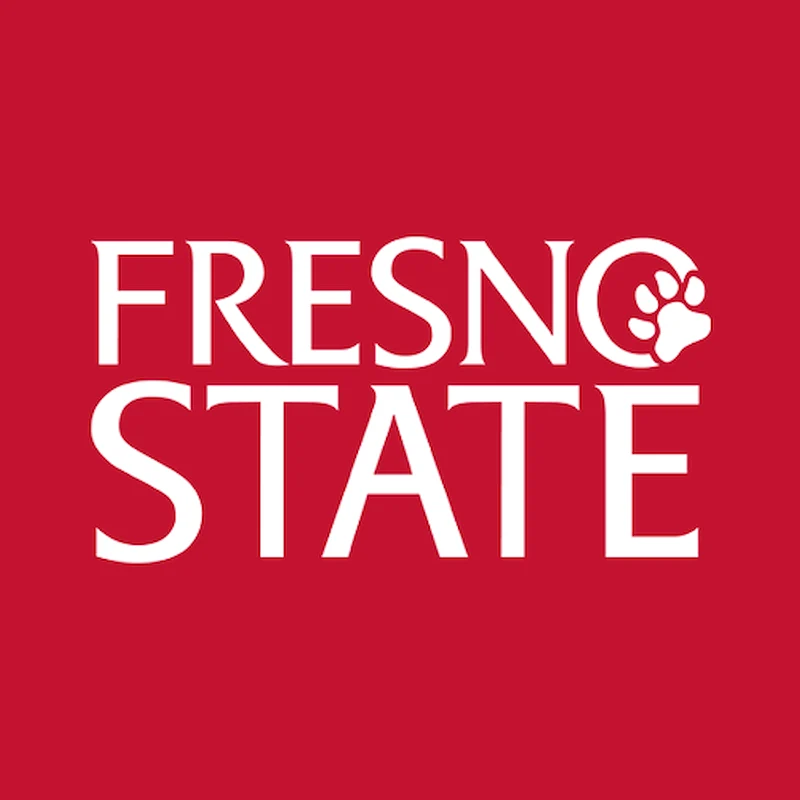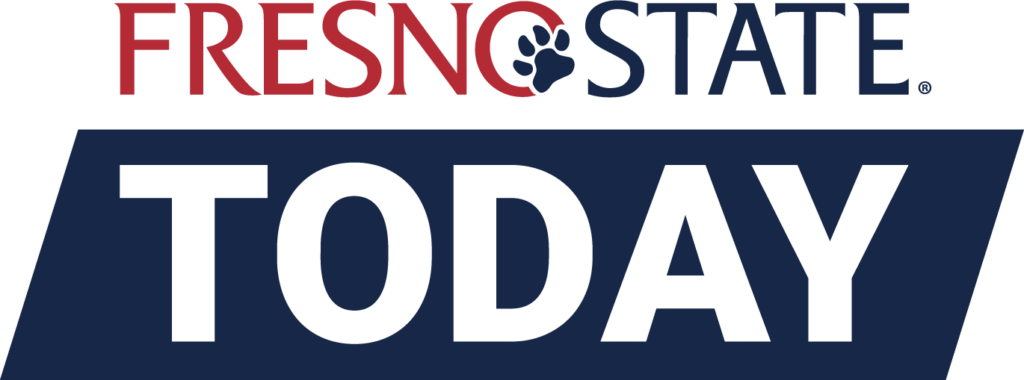At the center of campus is the Fresno State anatomy lab – a discreet learning space where 35 Doctor of Physical Therapy students have the unique opportunity to study and uncover the human anatomy using donated cadavers.
Each Tuesday, music can be heard quietly vibrating from the overhead speakers as students work in teams of four to five. With careful precision, students use scalpels to work through layers of human tissue, revealing nerves, vessels, bones and ligaments beneath muscles.
Every week throughout the two-semester course, “PH 510: Anatomy of the Appendicular Skeleton” and “PH 511: Anatomy of the Axial Skeleton,” students will dissect and discover each body part.
Dr. Caio V. Messias Sarmento, an associate professor in the Department of Physical Therapy, teaches the course and said using cadavers provides a real, hands-on, interactive experience that the first-year Doctor of Physical Therapy students cannot get anywhere else.
“Physical therapists are movement experts,” Sarmento said. “In clinical practice, you must understand every muscle and nerve that powers human movement. For example, we need to know exactly which muscles flex the elbow and what nerves control them to treat a patient with a suspected biceps tendon rupture. We don’t have X-ray vision, which is why working with cadavers is so essential. Nothing replaces the experience of palpating and exploring the muscles, tendons, ligaments and nerves with your own hands. That kind of learning simply can’t be replicated; there’s nothing like it.”



During the first lab of the semester, students work meticulously to dissect the gluteal region. While they work, one student guides the team using the Visible Body app on the lab’s iPads, which is AirPlayed on the monitor above their station. Visible Body provides 3D models, helping students to identify anatomical structures.
Students in this cohort are the first to use the anatomy lab since it underwent extensive renovations over the summer, which were made possible by a $75,000 grant from Chevron. Upgrades to the renovated lab, include:
- All new operating room flooring – the first time it has been restored in the lab’s 30-year history.
- New LED lighting that offers a brighter space.
- An enhanced teaching station with a big-screen monitor.
- Six iPads for each station that allow students to display elements from the Visible Body app onto the big-screen monitors above their work stations.
- New entry space with lockers for each student to grab their lab coats and put away personal belongings.
- Dissection stations marked clearly with vinyl, as well as new paint throughout the lab.
- Replacement of ceiling panels.
Before each lab, students participate in a two- to three-hour lecture. Everything the students learned in the lecture is covered in the lab the following day with the cadavers.
“Emerging research in anatomy education shows that students who learn with cadaveric dissection report deeper engagement and improved long-term retention of anatomical knowledge compared to alternative methods,” Sarmento said. “The hands-on experience not only enhances spatial understanding of structures, but also fosters critical thinking and professional identity formation.”
Each of the four cadavers was generously donated through the Willed Body Program at the University of California, San Francisco School of Medicine and serves as an essential part of the learning experience. No two are alike, offering students a unique opportunity to appreciate the natural variations of the human body. At the end of the academic year, the cadavers are respectfully returned to the Willed Body Program, where the remains are cremated and cared for with dignity.
Behind each cadaver is a story that gradually unfolds throughout the semester through Sarmento’s lesson plan. Students uncover anatomical variations and evidence of prior surgical procedures, such as scoliosis, rotator cuff repairs or joint replacements – elements visible only through dissection. These discoveries provide insight into the lived experiences of the donors, while fostering a deep appreciation for their generous contribution to science and education.
“The students begin to think like investigators,” Sarmento said. “That mindset is invaluable because, in the clinic, patients don’t arrive with ready-made answers; they come with symptoms. It’s the therapist’s role to piece together the clues and determine what’s really going on.”

An important element of the anatomy lab is the team-based approach combined with peer teaching. Students work in consistent dissection teams, and, at the end of each lab session, they rotate to different stations to learn directly from their peers’ dissections. This structure ensures that every student both teaches and learns across groups, reinforcing collaboration and broadening their anatomical understanding.
“The most meaningful part for me was working closely with my group. We learned so much from each other and worked hard to identify and preserve the structures,” said third-year Doctor of Physical Therapy student Rosemary Chapman. “By the end of the first year, I not only gained a strong foundation of anatomy, but have since then been able to give back through helping support the learning of other cohorts as an instructional student assistant, which has been really rewarding.”
Alexandra Chavez, a 2024 physical therapy graduate, now works as an acute care physical therapist at Community Regional Medical Center in downtown Fresno. She said her experience as a student is fundamental to her current role.
“I use my anatomy lab education every day, especially when looking at imaging or scans,” Chavez said. “When a patient describes their pain, my mind goes back to that area of the cadaver and how the muscle, nerve, organ plays a role in that person’s presentation. The anatomy lab goes deeper than just learning the human body. I use my experience in the lab today as a tool for patient care, building rapport and truly committing to the patient’s recovery.”








